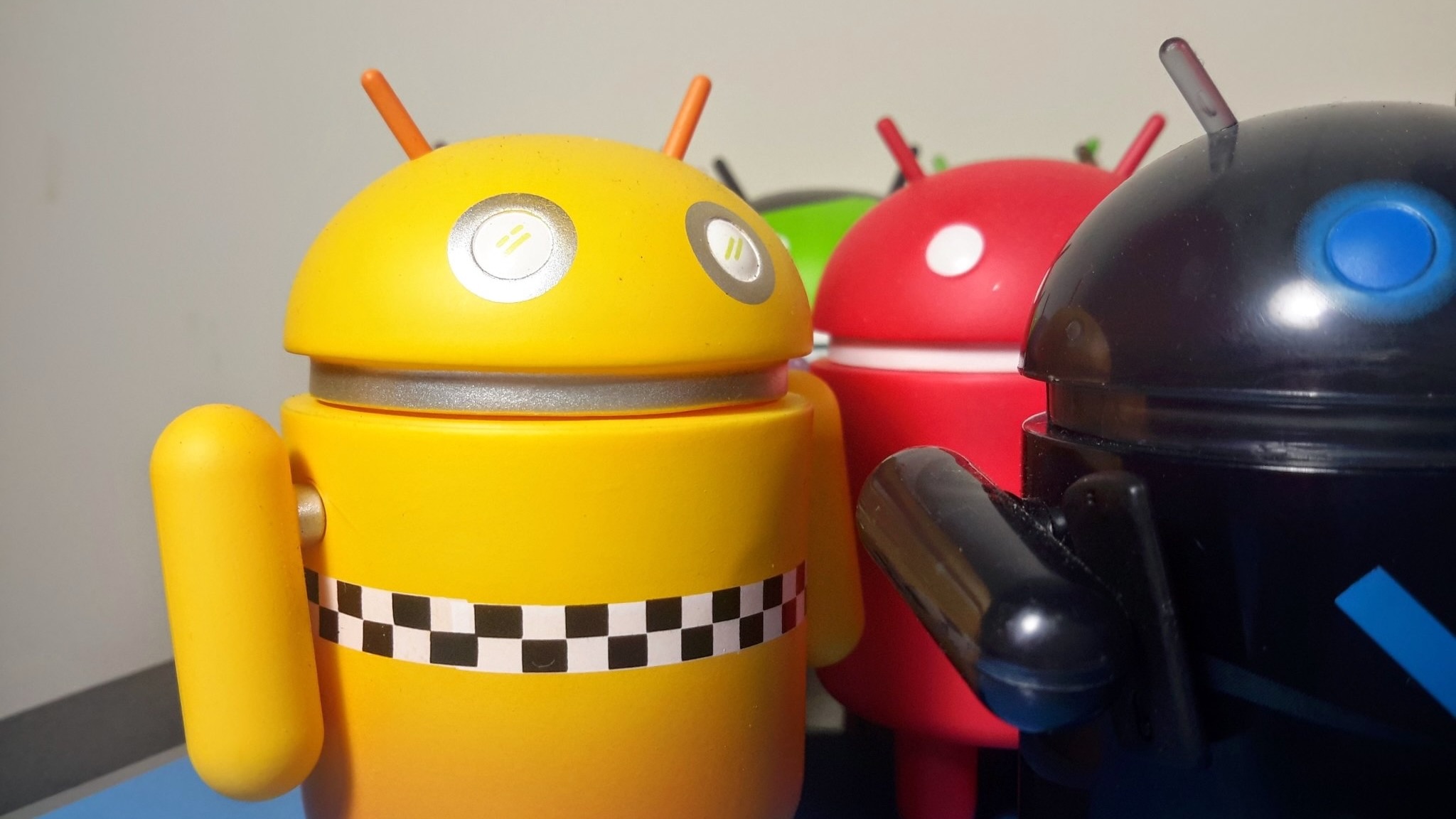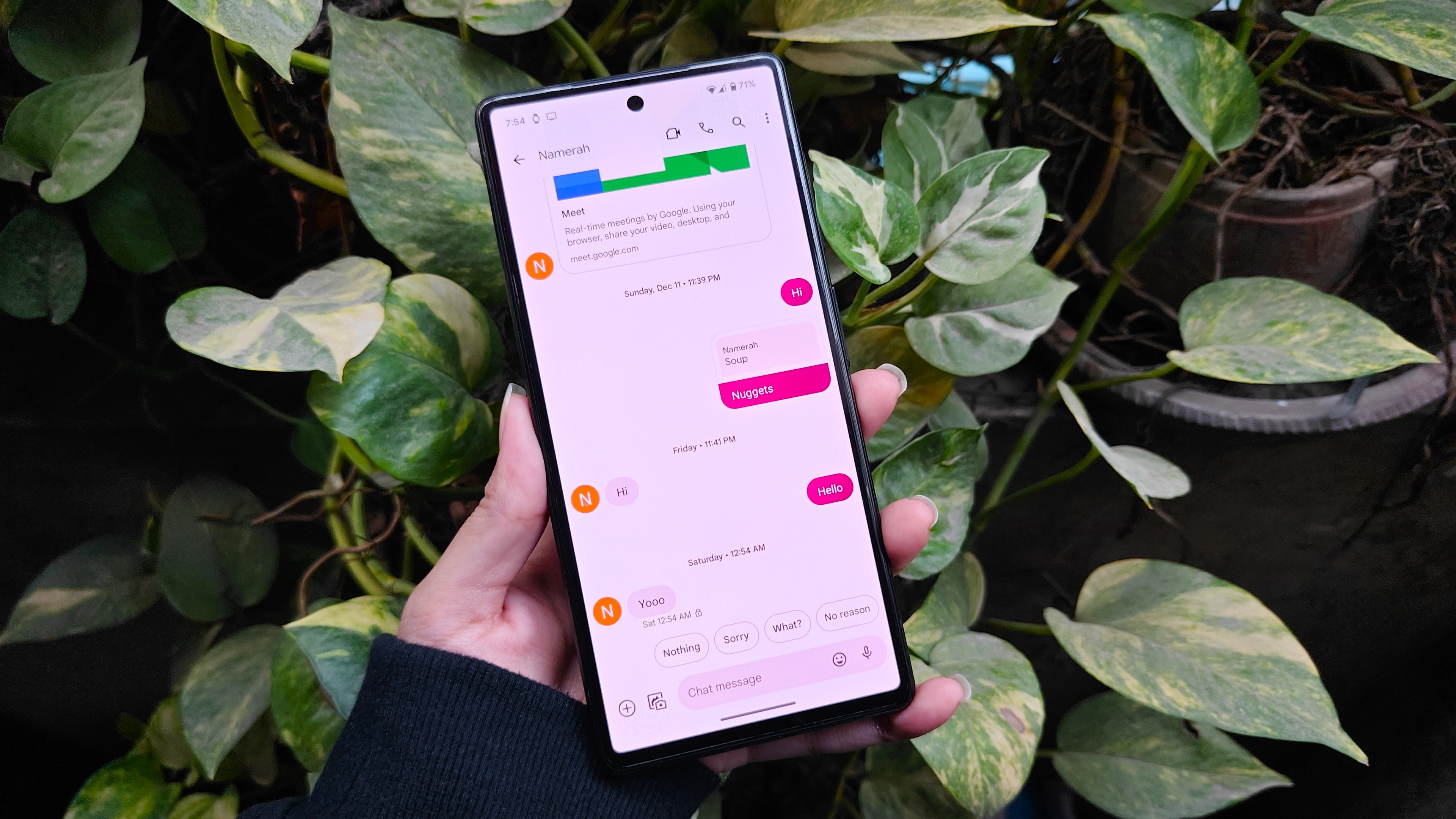What we can expect from Android satellite phones and why we should all want one
Sat phones suck until you need one.

Remember the announcement of Snapdragon Connect? It was a deal that used product branding to help consumers know a product was built with tech that made for fast and reliable wireless connections. Well, now it's expanded into space.
Yep. Like outer space where satellites spin around the earth so they can do stuff — Qualcomm has partnered with Iridium to bring satellite connectivity to the Snapdragon 8 Gen 2.
We're talking real sat connectivity, too, not just an emergency feature that can call out for a rescue. How much more it can do is still unknown because phone makers each get to decide how to use it, but Qualcomm and Iridium have made the details of what could be done available. We've more than enough to set some reasonable expectations.
Real two-way communications

Knowing what is happening here helps to figure it all out. Iridium is a company that puts satellites into a low-Earth orbit so they can be used for standard two-way communication. As in, you can use a sat phone (more on that later) to call or text anyone else with a phone anywhere and any time as long as the antenna has a clear view of the sky.
They have partnered with Qualcomm to build the messaging functionality into Snapdragon chips as part of the Snapdragon Connect program. This is a lot better for consumers than one phone company making a phone that can use a satellite service or relay like Apple offers with the newest iPhone. It's also going to be a lot more expensive to use.
The idea is that the ability is there on the chip — right now only the Snapdragon 8 Gen 2 but expect to see it on all future high-end Snapdragon chips, too. If a phone maker doesn't want to use it, it's just there doing nothing costing consumers nothing outside of any small price increase of the chip because of it.
If the phone maker — Samsung is already on board, 'natch — does want to use it, it still just sits there doing nothing until we want to use it. It will probably sip away a tiny bit of battery while not in use but not enough for anyone to even notice. Basically, it's just there taking space inside the phone and doing nothing.
Get the latest news from Android Central, your trusted companion in the world of Android
When we do want to use it is where things get interesting.
- You are the sat phone user so you would need to make sure you can see the sky.
- Type out your message using the same app you normally use (what a plus!)
- Point the phone towards the sky to send it out.
And that's it. You can text anyone because Iridium has the tech to take what you send through a satellite and convert it into something that can be sent like any other text to anyone with a device that can receive it. There will probably be some sort of alignment screen to help you point the phone in the best direction, but you won't have to sit and wait very long for any of this to happen.
It sounds awesome and like something we're all itching to use but there are two big drawbacks — it won't be cheap and using a sat phone kind of sucks. It's not a viable replacement for your regular phone carrier but it wasn't meant to be.
Texting on a sat phone hits different.
The first issue (and the biggest for most of us) is the pricing and we just don't know how any of it will work. That's not something Qualcomm will be involved in and it's strictly between the phone maker, Iridium, and you. And that's the way it should be. The chip maker just gives the ability for it to work.
I expect that we'll see bundles for XX number of messages for a nominal fee, say $20 per month. If you go over, you pay through the nose, just like things used to be with your phone carrier. There will probably be several different packages and I expect to see plenty of free trial periods as a perk for buying an expensive new phone. Only time will tell.

The other drawback is also going to make sure you never ever want to use satellite connectivity as your only way to text. It's not a great experience. I know it's not a great experience because I've had to do it.
Right now everyone else who has used a sat phone is probably nodding in agreement with me. There is a noticeable lag between the time you send anything and the time the other party receives it, and vice-versa. You can't solve this with hardware or external antennas and in some cases it makes a voice call almost impossible so I'm not sad that there is no sat voice coverage being offered.
Messaging is better but forget about things like seeing someone typing to respond or getting an instant notification that you're message was seen because it isn't happening. You type, point at the sky to send, and wait a few minutes so you can point at the sky to check for a reply. I'm sure there have been advancements made since I last used a 2-way sat phone but most of this is just how it has to work.
The good outweighs everything bad. You want this.
Enough negativity though because this is an awesome addition to any smartphone. It means you are never in a situation where you're isolated as long as you have a charged battery. The feature is only coming to phones built for North America and Europe right now but it will work everywhere — it will work in the Sahara Desert, it will work on the Pacific Ocean, it will work at the South Pole. I'm really hoping the US-unlocked Galaxy S23 has worldwide LTE and 5G bands and this new feature because it would be the phone that everyone should buy.
Having the ability to reach out for help via satellite was the iPhone's best addition. Being able to use your Android phone to let the people at home know you don't need any help and want to say hello is even better.

Jerry is an amateur woodworker and struggling shade tree mechanic. There's nothing he can't take apart, but many things he can't reassemble. You'll find him writing and speaking his loud opinion on Android Central and occasionally on Threads.
